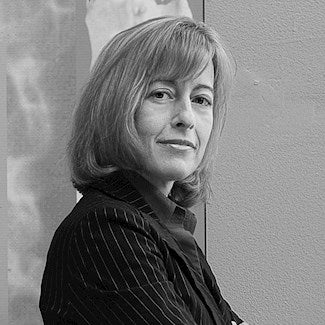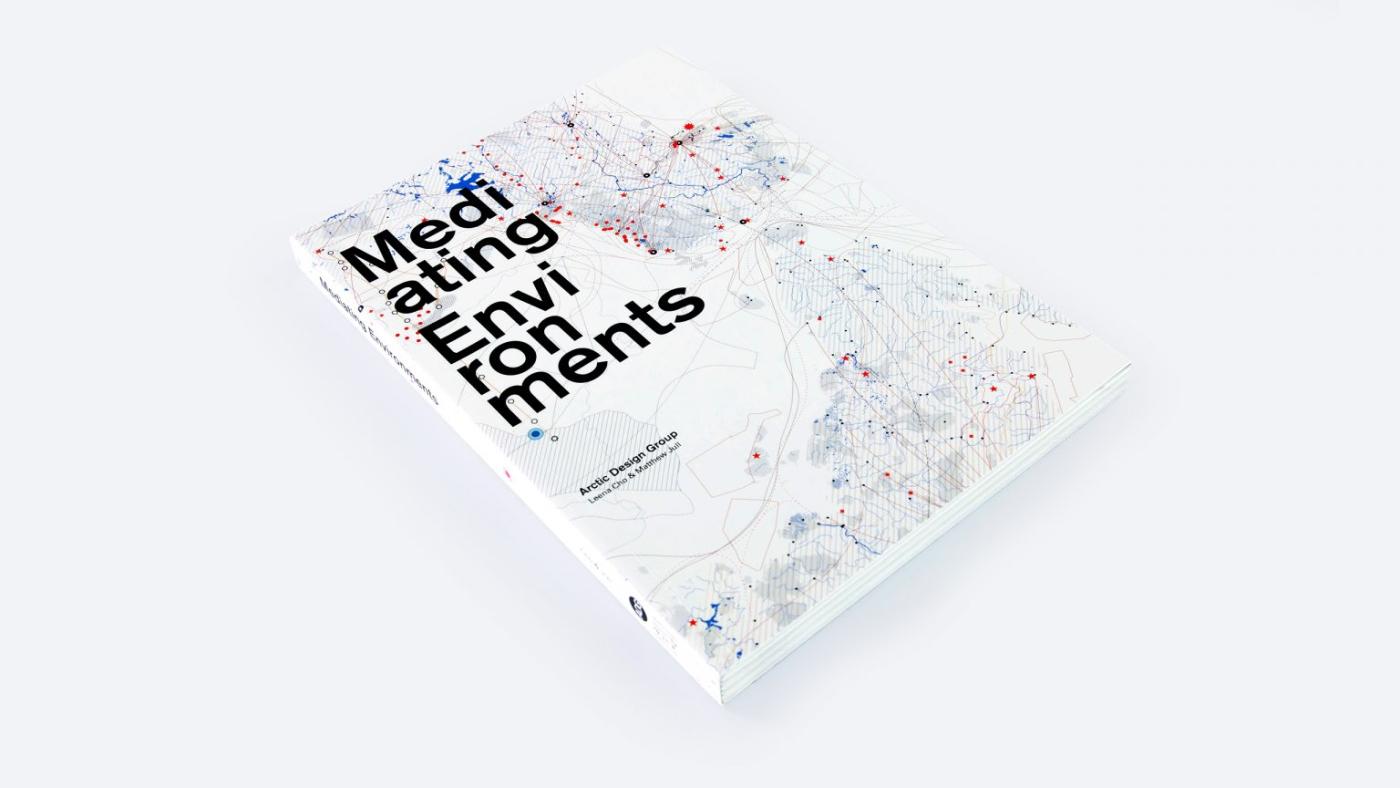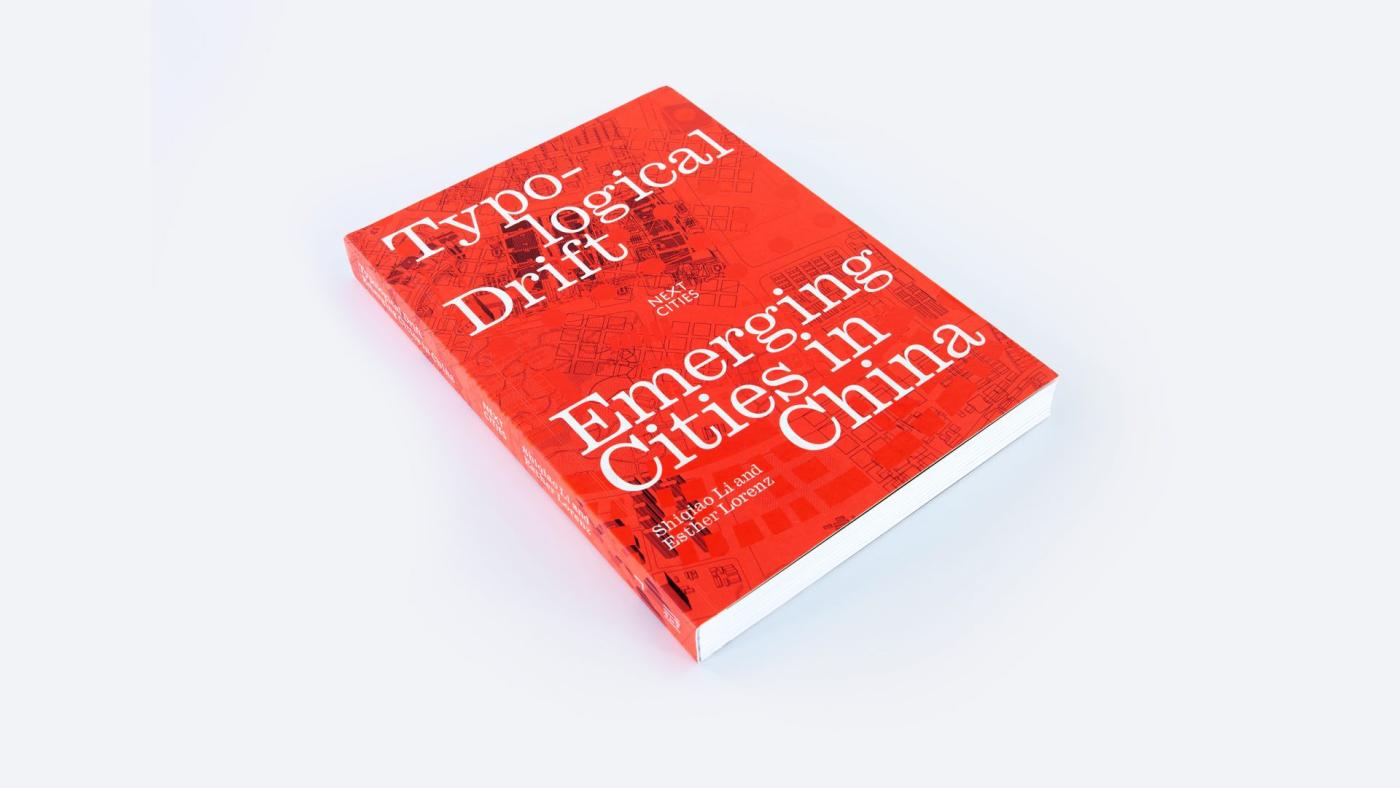What is the Next Cities Institute?
The most pressing global challenges - planetary urbanization and social justice, climate change and environmental degradation, and the accelerating transformation of information technologies - are fundamentally reshaping our cities and environments.
With an aim to forecast and shape the vital urbanism of this century, the Next Cities Institute develops projects that form a dynamic platform for design, policy and action focused on new forms of urban research. Led by the School of Architecture through a number of ongoing projects, and coalescing expertise throughout the University of Virginia, with partners in its Schools of Law, Leadership and Public Policy, Engineering, and Arts and Sciences, our projects tackle the complex inter-relationships between our growing cities and their impacts, such as resource allocations and consumption, territorial migrations and informal settlements, ecological fragility and resiliency. In studios, classrooms, labs and on-site, our students and faculty are inventing new spatial and infrastructural concepts and strategies with which to reimagine and redefine global urban futures
Director

Ila Berman
Elwood R. Quesada Professor, Architecture
Ila Berman, DDes, is the Director of the Next Cities Institute and Elwood R. Quesada Professor in Architecture. She was Dean of the School of Architecture, and Edward E. Elson Professor at the University of Virginia from 2016 - 2021. She is an architect, theorist, and curator of architecture and urbanism whose research investigates the relationship between culture and the evolution of contemporary material, technological and spatial practices. She is a featured alumna of Harvard University’s Grounded Visionaries series and the recipient of numerous awards and fellowships including the Lieutenant Governor’s Medal for Design, Social Sciences and Humanities Research Council of Canada Fellowships, a Special Achievement Award from the American Institute of Architects (AIA) and the President’s Award for Excellence in Teaching from Tulane University, where she was a Favrot Professor, founding director of the URBANbuild program, and the Associate Dean of the School of Architecture until 2007. She has also held academic administrative appointments as the O’Donovan Director of the University of Waterloo School of Architecture, and the Director of the School of Architecture at CCA in San Francisco.
Next Cities Publication Series

The Next Cities publication series by the UVA School of Architecture and its Next Cities Institute disseminates design research by faculty and students at UVA focused on the rapidly changing dynamics of global urban futures. The series expands on how design — in its theory and physical instantiation in the world — probes the questions and controversies of the day, continually writing new expressions of the city.
Faculty authors/editors, unique to each volume, bring together critical voices on contemporary urban issues. The series partners with Neil Donnelly Studio for book design and is published by ORO's Applied Research and Design.
Mediating Environments

‘Mediating Environments’ examines fundamental and radical environmental conditions in the Arctic and provides a spectrum of innovative design approaches and spatial outcomes. Climate organizes and sustains a broad range of activities in the Arctic, and it will dictate the future transformations in northern urban landscapes and their metabolic operations. As such, arctic urbanism must take into account the varied nuances of weather phenomena that are deeply engrained in everyday living practices and biophysical fabrics. By revisiting and reconfiguring the intersections between environmental and design systems, this publication aims to expand conceptual strategies in the arctic beyond the modes of insulation, stabilization, and optimization while repositioning the region as a central figure within the global network of exchanges.
How can the ‘arctic wall’ as a defining feature of northern architecture be renegotiated? Can design, whether it is pavement assemblies or building foundations built on permafrost, escape the confines of technical precedence aimed to resist instability, and instead work with – take advantage of – dynamic environmental mechanisms, such as thermal cycles of ground, pronounced in the region? This study is not an argument against engineering but for greater synergies between engineering and design as well as between science and design, and for developing climatically responsive and arctic-specific paradigms for the construction and maintenance of arctic cities. The future of sustainable arctic development requires resiliency in urban form and programming that is adaptive to the current and future flux inherent in the region, as well as a repositioning of the arctic environment as a productive, robust, and dynamic foreground through which design and urbanism occur and are contextualized.
Co-Editors and Contributing Authors
Leena Cho is an associate professor of Landscape Architecture at the University of Virginia, whose research investigates conception, representation, and design instrumentation of weather phenomena and climates in built environments. She received her MLA from the Harvard Graduate School of Design.
Matthew Jull, Ph.D is an associate professor of Architecture at University of Virginia. His research focuses on systems and processes of architecture and urbanization in extreme environments, specifically in arctic Russia and North America. Jull received his MArch from the Harvard Graduate School of Design and his PhD in theoretical geophysics from Cambridge University.
Cho and Jull are founding directors of the Arctic Design Group, an interdisciplinary and international design research platform focused on the challenges that the Arctic is facing in relation to climate change, landscape and urban transformations, and economic developments. Both are also founding directors of Kutonotuk/TempAgency, a design firm that has received critical recognitions nationally and internationally.
Publication Date: Fall 2019
Typological Drift

This book documents the impact of the Chinese culture on the development of city types in China in the past four decades, leading to surprising urban realities that often escape normative urban theories. The book uses the concept of drift, which, together with mutation, adaptation, and migration, contributes to the rudimentary patterns of biological change; drift of phenotypes takes place when chance events randomly terminate some features and allow other features to flourish in ways that are unrelated to other patterns. The Chinese culture has exerted a set of forces that may be seen to have functioned as “unexpected events” in the normative processes of urban change. Through thirteen case studies, more than 60 original maps and drawings, and extensive photographic documentation, the book reveals how three “drift triggers”—ten thousand things, figuration, and group action—have altered typological development in Chinese cities in the past four decades.
Authors
Shiqiao Li is Weedon Professor in Asian Architecture, School of Architecture, University of Virginia, where he teaches history, theory, and design of architecture, and directs PhD in the Constructed Environment Program. He is author of Understanding the Chinese City (2014), Architecture and Modernization (2009, in Chinese) and Power and Virtue, Architecture and Intellectual Change in England 1650-1730 (2006).
Esther Lorenz is a licensed architect and academic, and Associate Professor at the School of Architecture, University of Virginia. Her research explores the connections between architecture and culture, from the study of new urban formations to cultural and spatial practices in relation to built form, to investigations of the intersections between media and architecture.
Publication Date: Fall 2021
Next New York

Over the last 500 years, a range of innovative, responsive, and pragmatic civic actions have helped to generate, define, and maintain New York City’s global significance. From early on much of these actions were responses to population density and the accompanying challenges for health and well-being. Approaching its next growth cycle, New York is again amid important urban transformations that demand new urban and architectural models that allow for an open city to balance gentrification, and to address a lack of public spaces, social infrastructure, and affordable housing. These challenges and their architectural and urban implications are the focus of Next New York.
The book captures the city’s current momentum through the lens of three important urban actions: sharing, connecting, and partnering. Through 10 essays from scholars and practitioners working on pressing urban issues, a photographic essay portraying New York during COVID-19, and more than 35 design projects from graduate studios at the University of Virginia’s School of Architecture, Next New York reflects, comments, and speculates on New York City’s capacity to bring about new conceptions of city-making and collective cohabitation through architecture.
Co-Editors and Contributing Authors
Mona El Khafif is an associate professor at UVA School of Architecture and Principal of SCALESHIFT a design research-based practice located in Toronto and Virginia. Her research operates at multiple scales, examining the interdisciplinary aspects of urban design, creative placemaking, urban prototyping, and strategies for the smart city.
Seth McDowell is an associate professor at UVA School of Architecture and is a co-founding partner of mcdowellespinosa architects located in Virginia and New York. His work, which explores architecture, art, and urban design as an artifact of material and construction experimentation.
Publication Date: Spring 2023
Learn more and purchase through the links below
